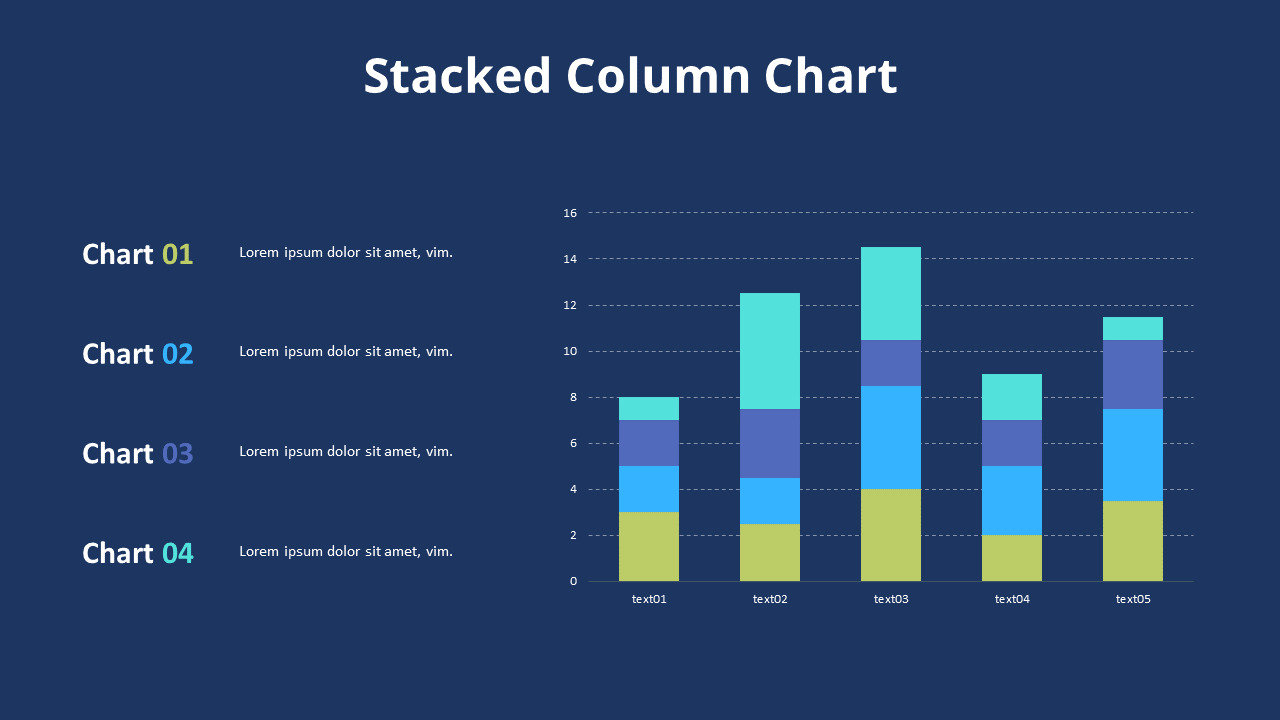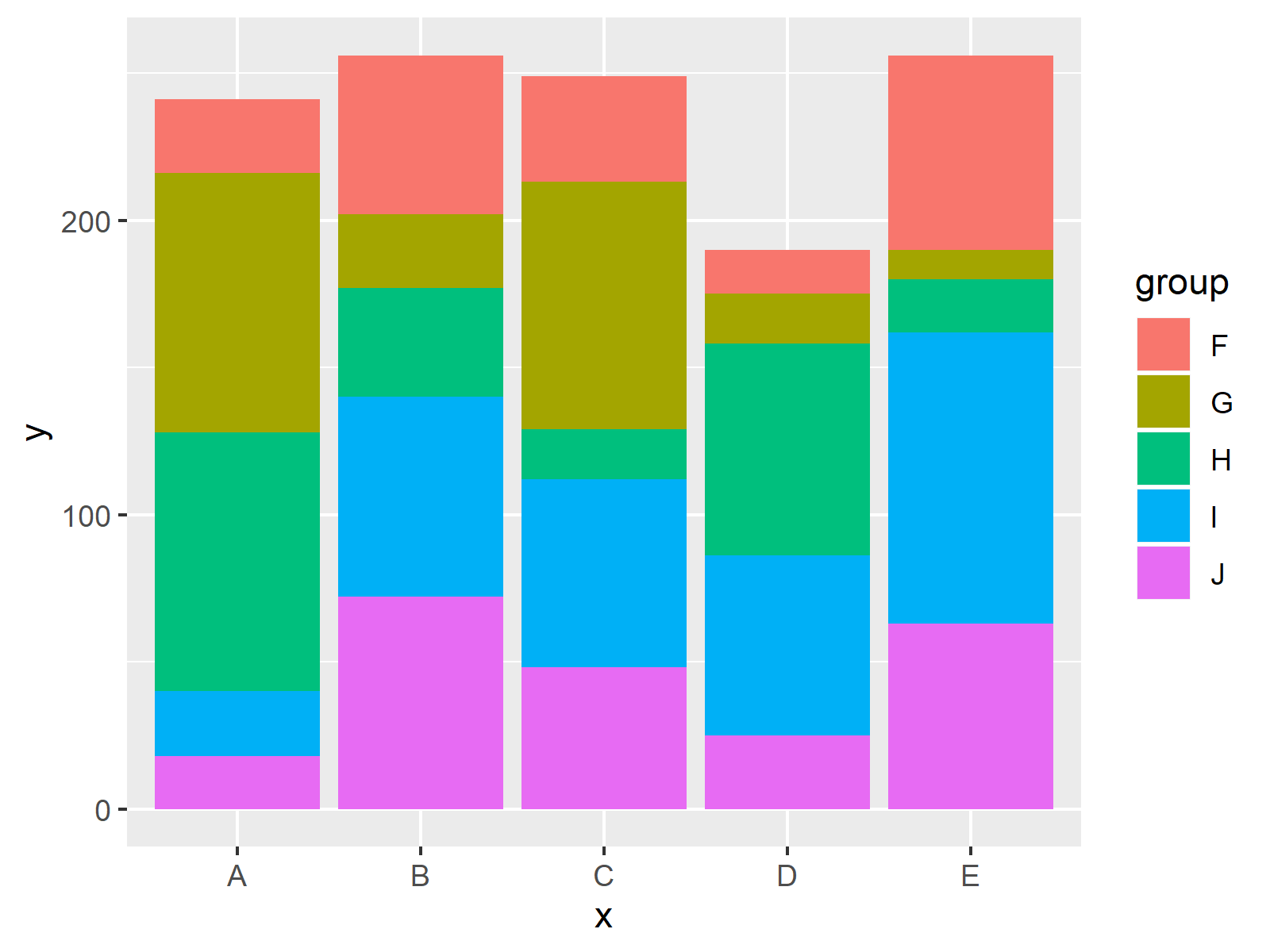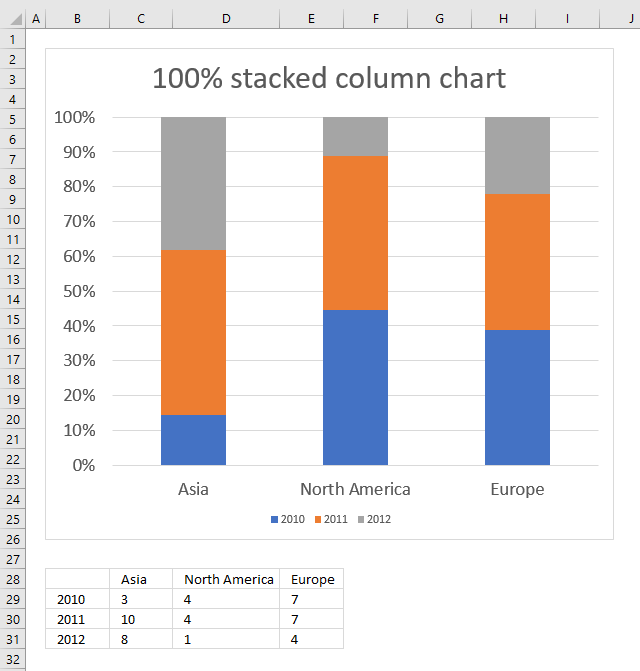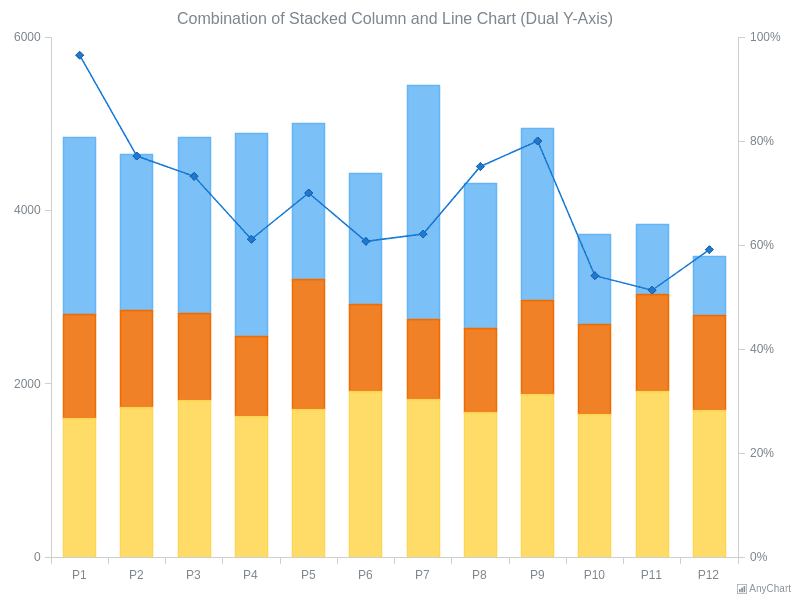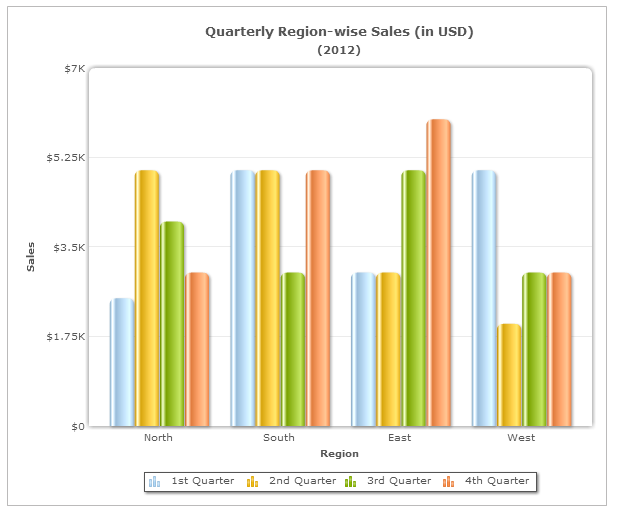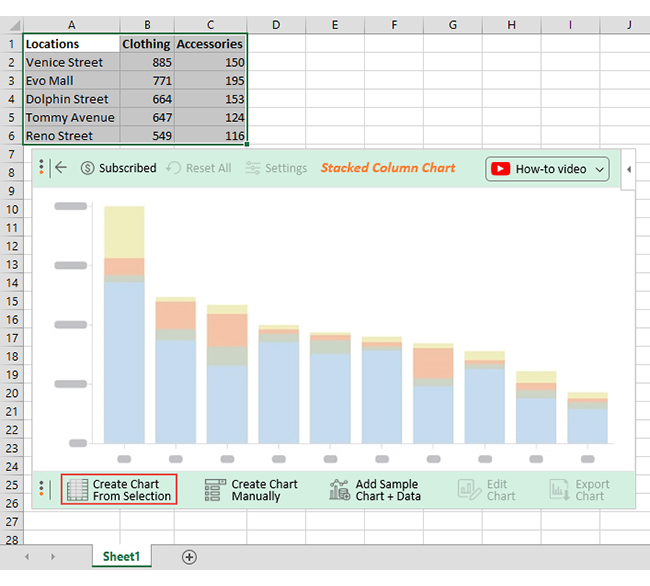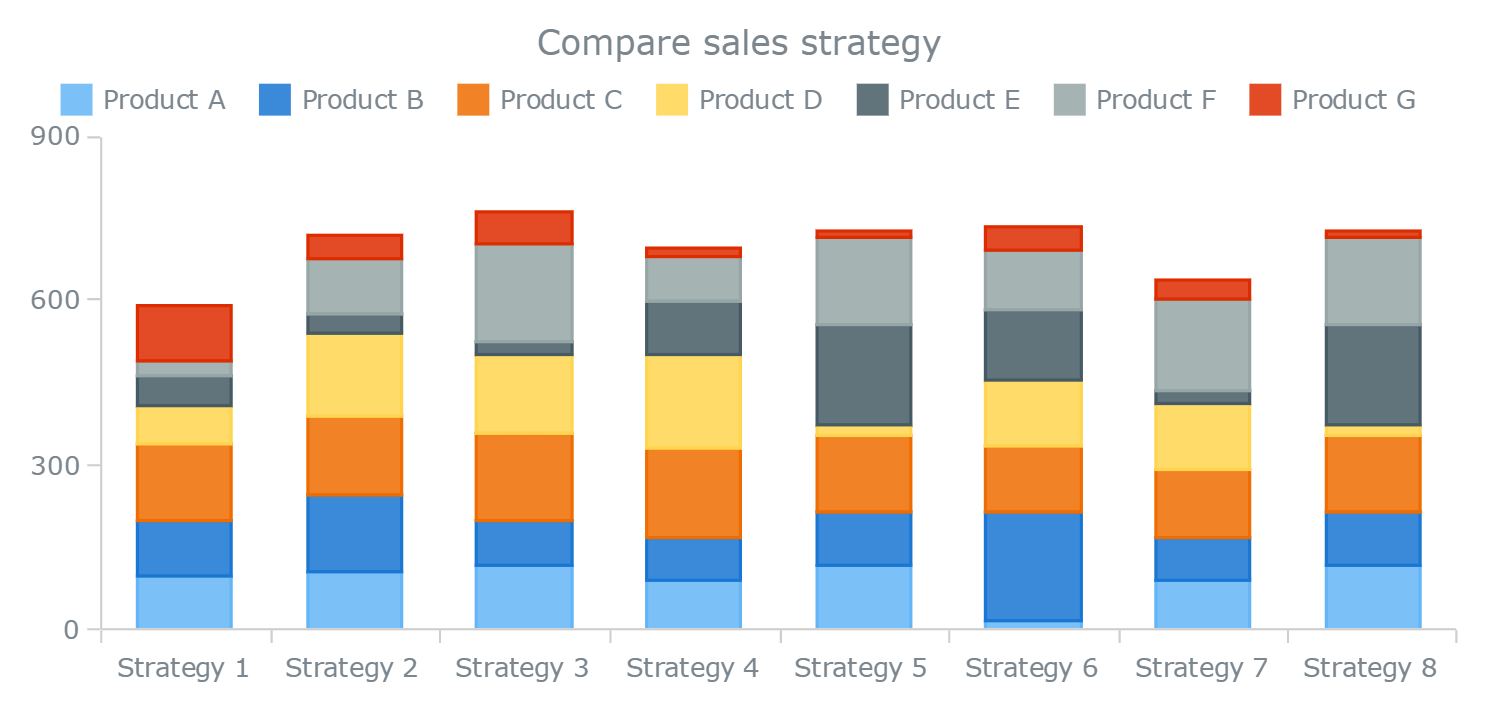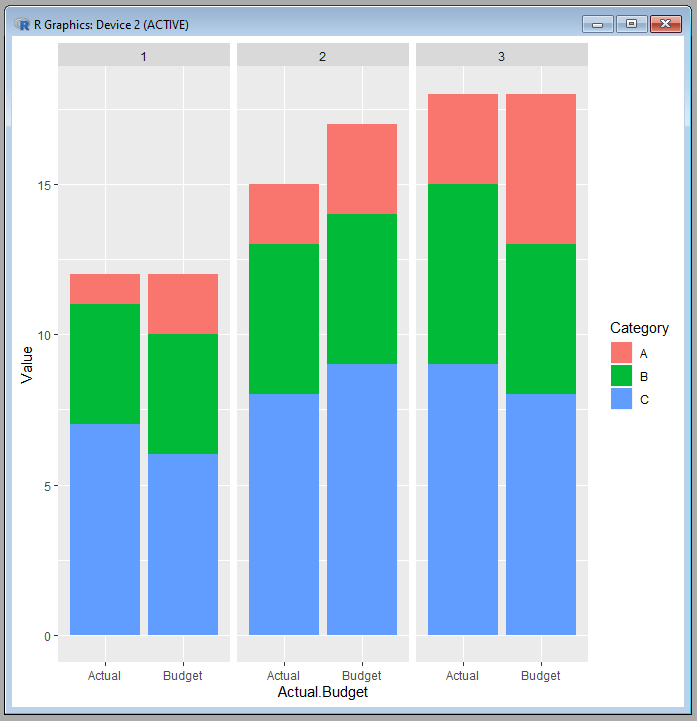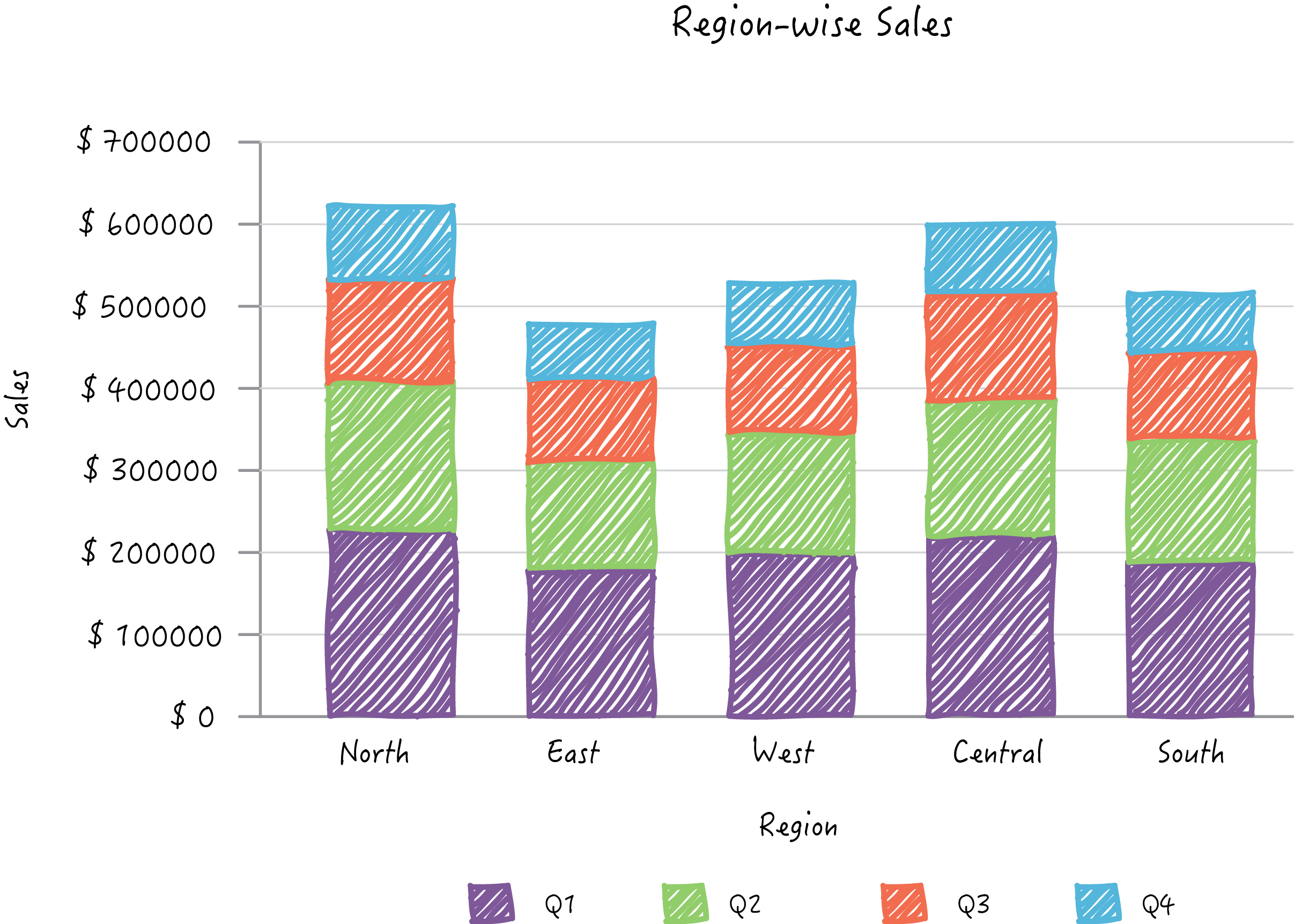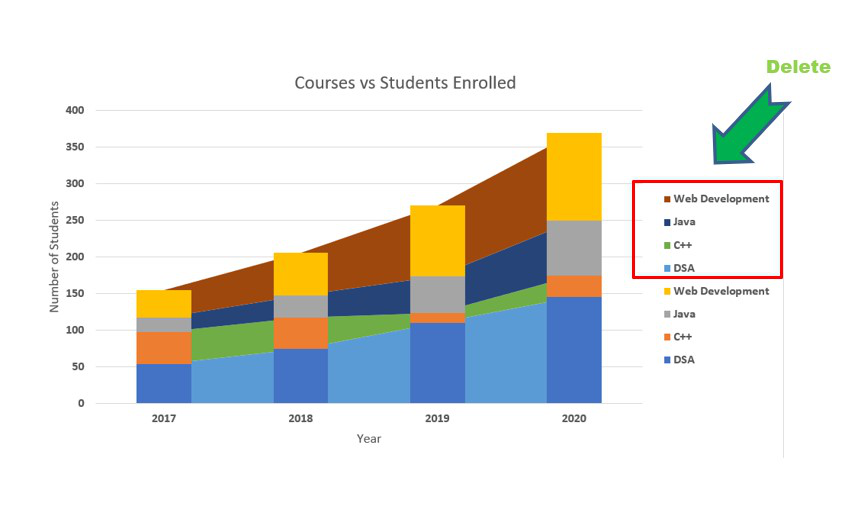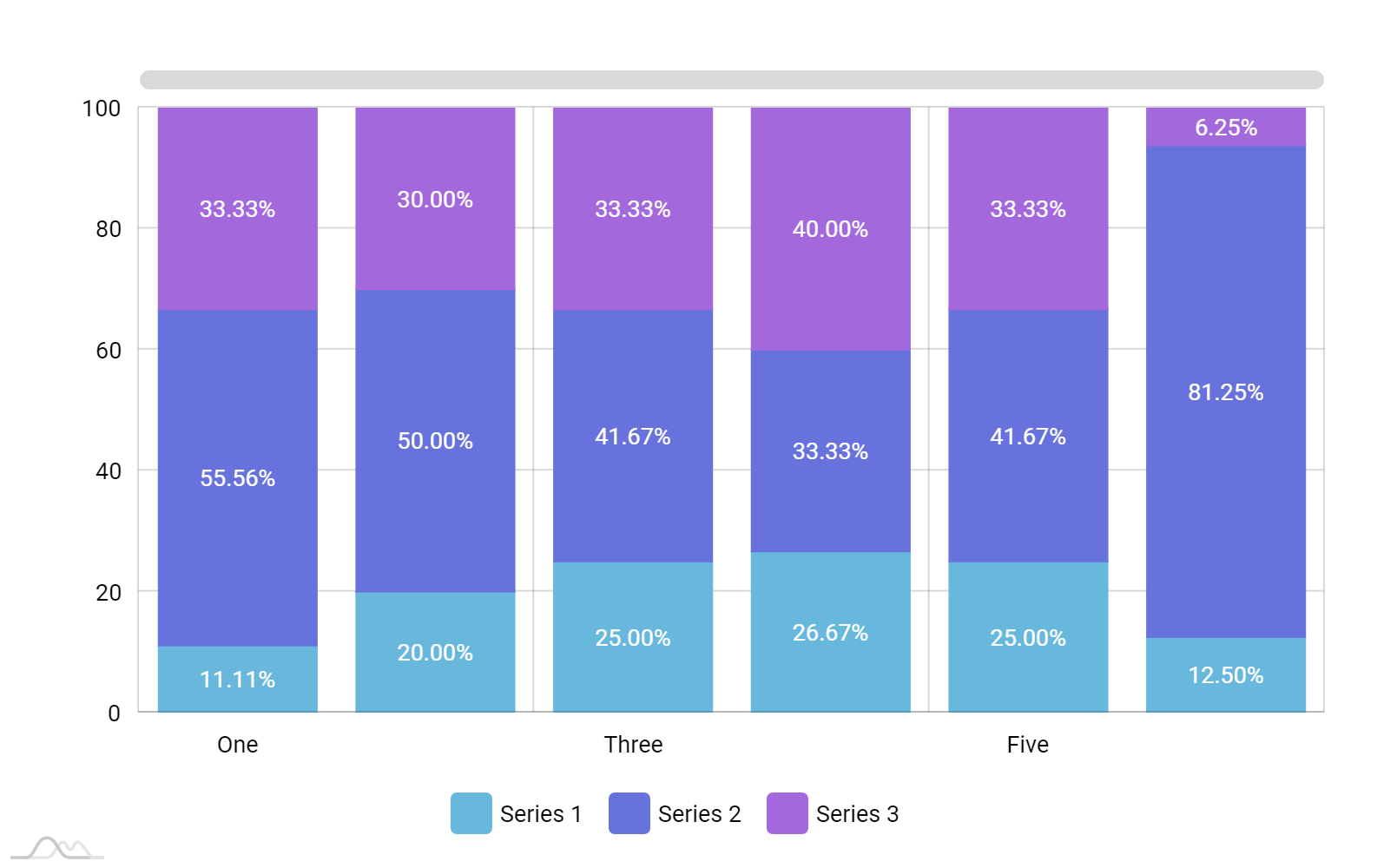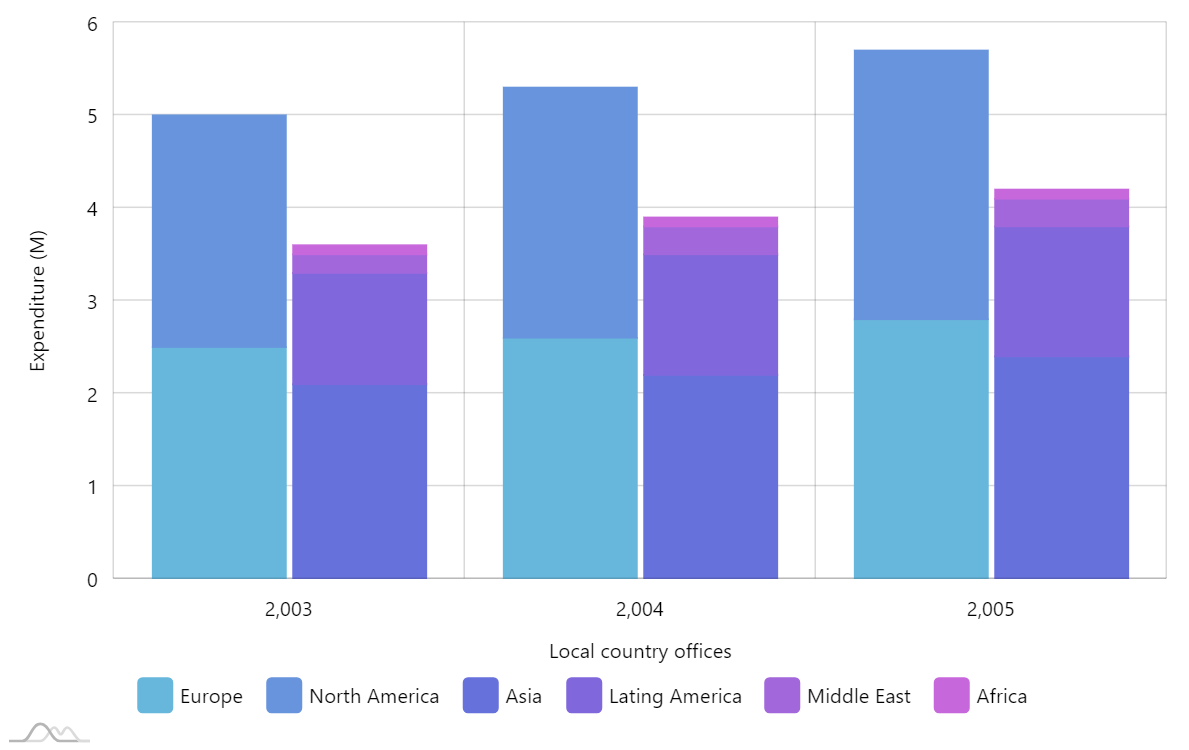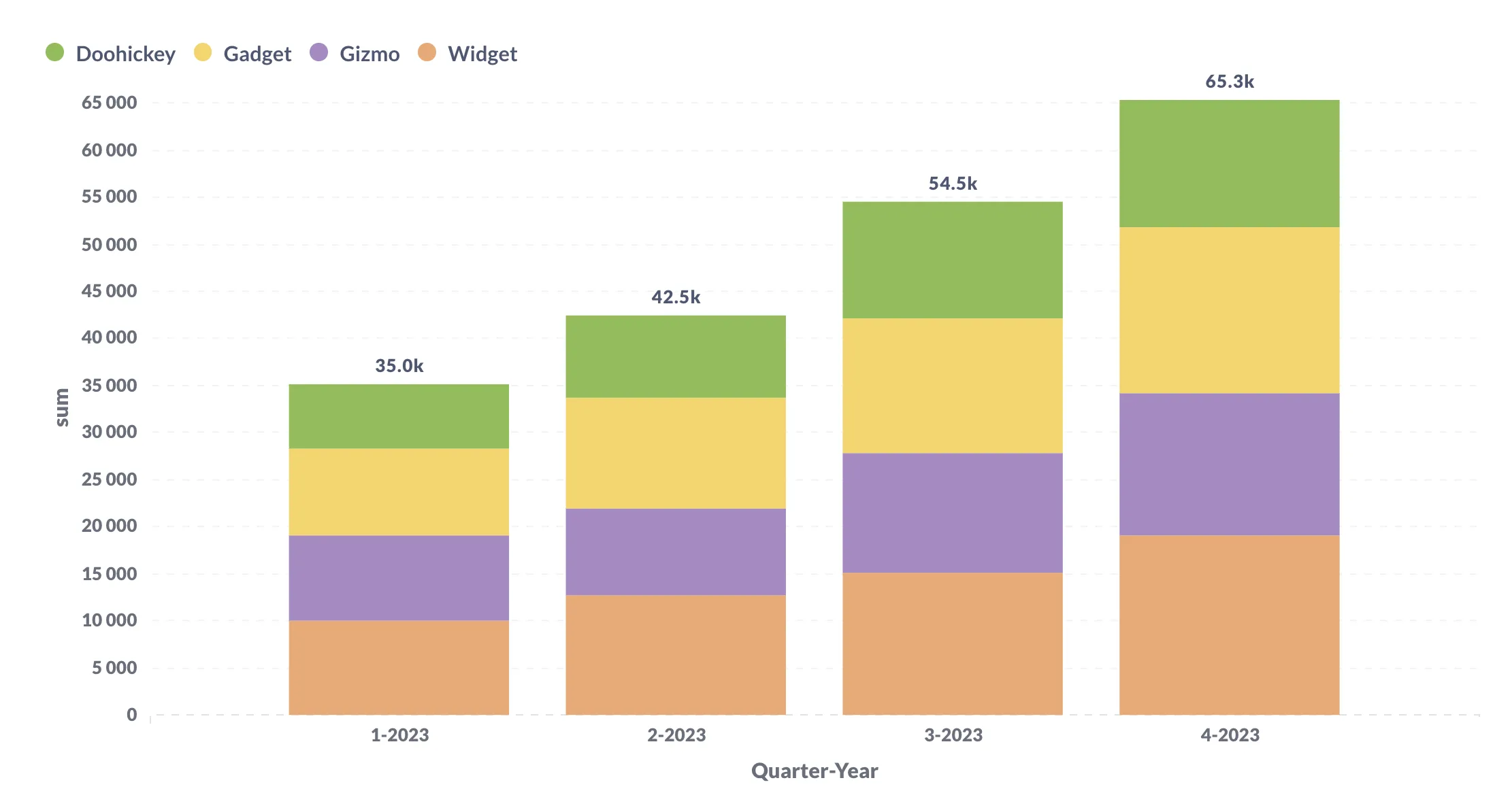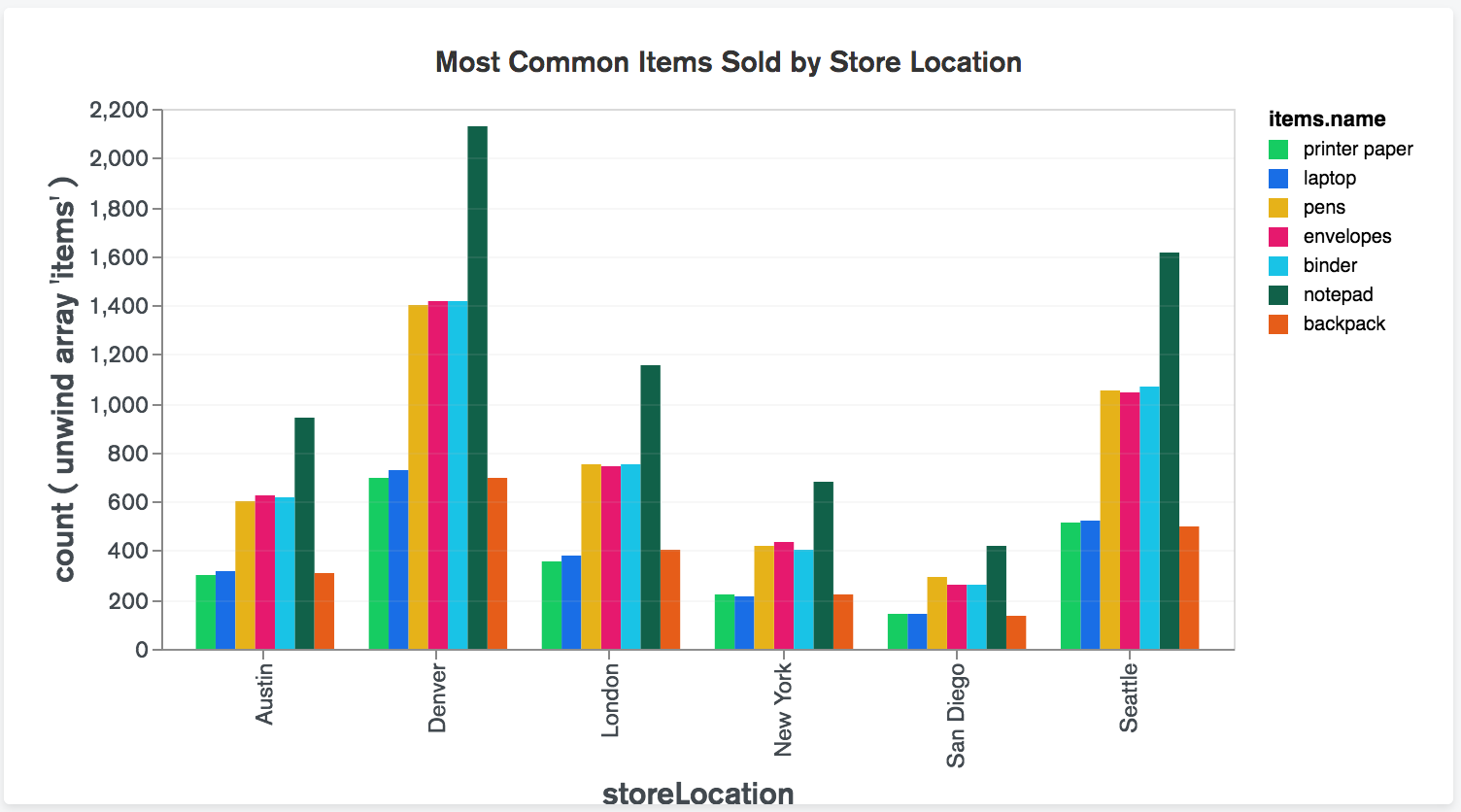Ace Tips About What Is The Difference Between Stacked Column Chart And Percentage How To Create A Line Graph In Google Sheets
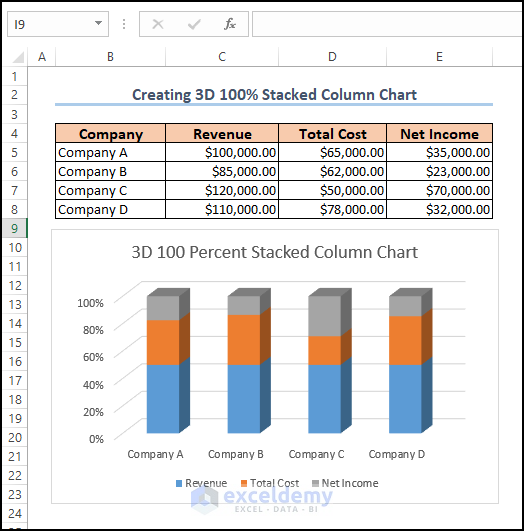
In this post i will concentrate on stacked and clustered vertical column charts, but the.
What is the difference between stacked column chart and percentage column chart. Another common option for stacked bar charts is the percentage, or relative frequency, stacked bar chart. The difference between column and stacked column is that the second one will display all series stacked on top of each other. It’s hard for readers to compare columns that don’t start at the same baseline.
Stacked column charts are great for displaying the contributions of parts of a whole (eg. Values on the y axis always range from 0 to 100%. 1 accepted solution.
Understanding the basics of stacked column charts. Grouped and stacked column charts are great ways to indicate other relationships in the structure of data, but there are subtle differences between what. It's worth to remember that stacked column works.
Stacked column charts are a variation on the standard column chart where we divide each of the columns into segments, representing the different data series that sum to the total. Select the required range of cells (example, c5:e8 ). Customizing your chart for a more.
A stacked column chart uses columns divided into stacked subsegments to showcase totals that can be divided into contributing categories. Excel charts helps you visualize your data to quickly assess information. Click on the insert tab >> insert column or bar chart.
Stacked charts are commonly used to compare proportions within a whole. Stacked and clustered column chart. Both the line and clustered column chart and the line and stacked column chart are popular visualization tools in power bi, and while they share.
The stacked column chart in excel compares part of a whole and its changes over time. In this scenario, you can create another measure to show the percent of. Stacked column charts work well when the focus of the chart is to compare the totals and one part of the total.
One popular yet powerful type of data visualization is the stacked column chart. Here, each primary bar is scaled to. How much each product line contributed to the total.
If the focus of your chart is to compare multiple parts across all your totals with each other, consider split bars or small multiples instead.
